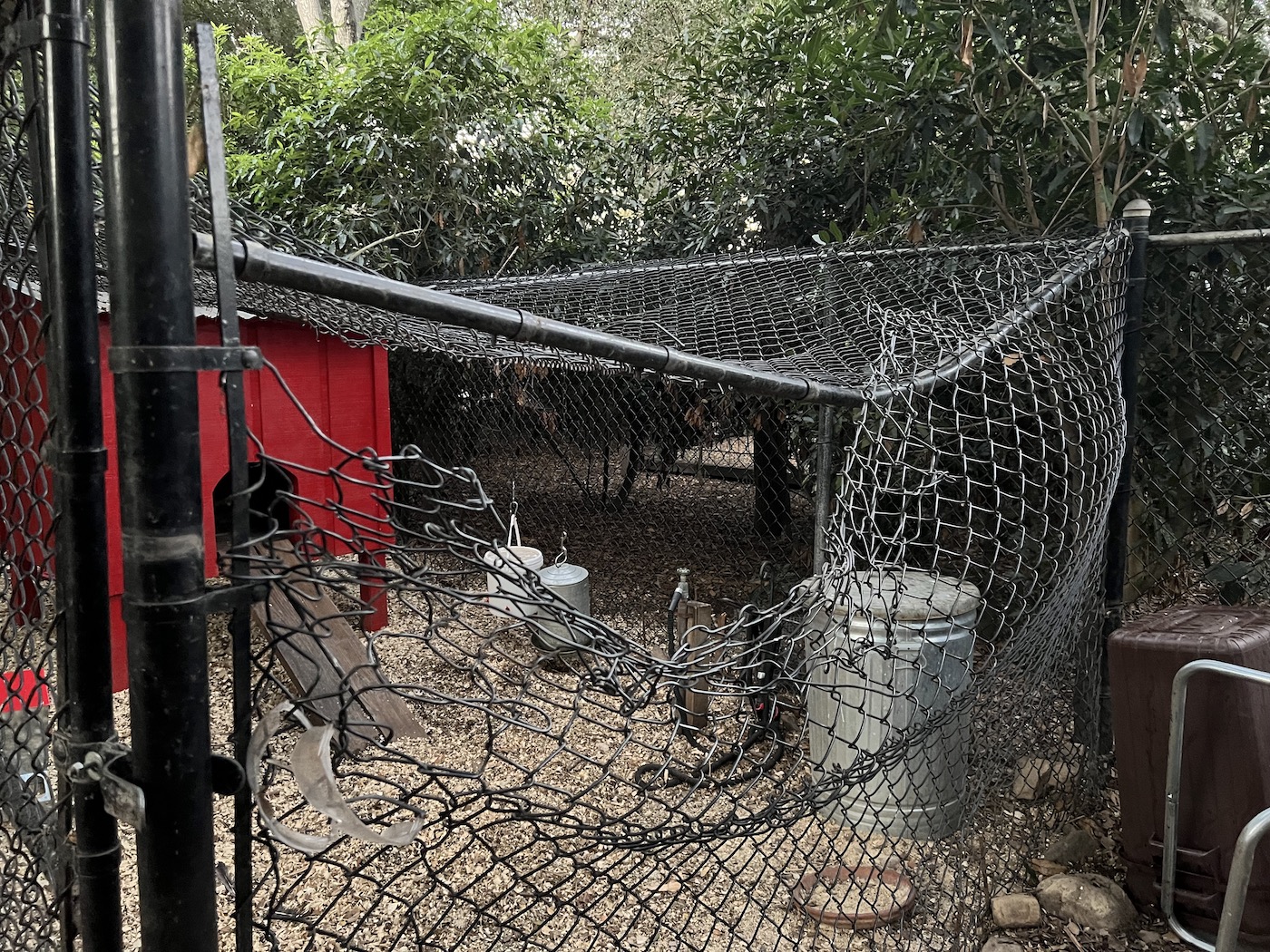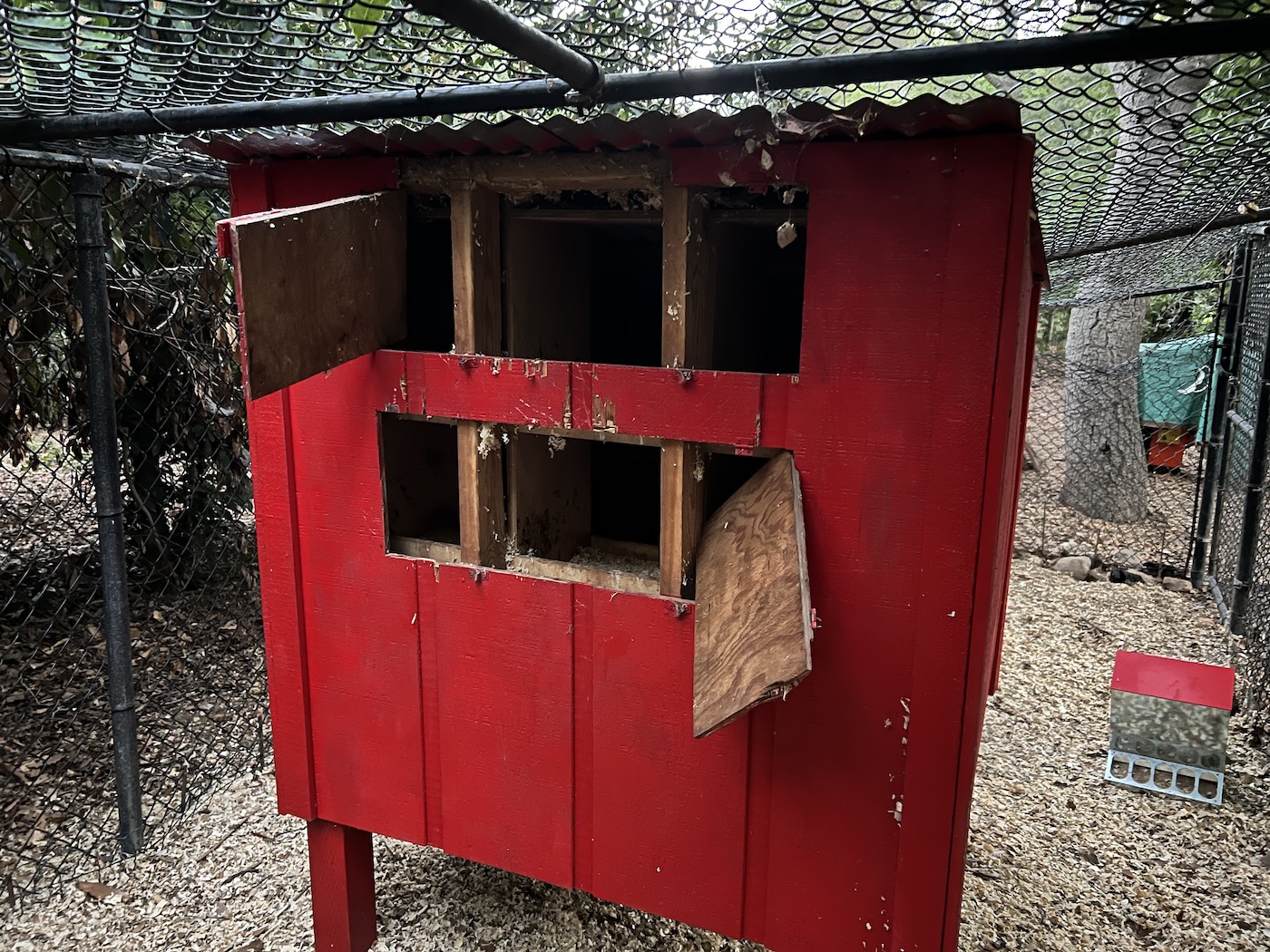Rebuilding Healthy Soil
I’m writing to you as a COO of Kiss The Ground, and a supporter of Regenerate America, an unprecedented coalition of farmers, ranchers, nonprofits, experts, companies, and citizens spanning the nation and the political spectrum who are committed to rebuilding America’s soil by making regenerative agriculture the centerpiece of the next Farm Bill.
Healthy soil is the foundation of American resilience and prosperity, but our farmland is highly degraded and losing topsoil 10 times faster than it is currently being replenished. This rapidly eroding soil costs those who raise our livestock and grow our food an estimated $44 billion annually according to the USDA. As we fail to act, we suffer the consequences: increased farmer debt and input costs; desertification of fertile soil; depletion and pollution of water sources; loss of biodiversity and food nutrition levels; and more impact from extreme weather events like floods and droughts. The good news is that regenerative agriculture rebuilds our soil and does so faster than we ever thought possible.
What is Regenerative Agriculture?
Simply, it’s a set of practices that rebuild healthy soil. Revolving around the principles of soil health and combining holistic management, Indigenous knowledge, and cutting-edge science, regenerative agriculture can be done at scale with any cropping or livestock system. It makes farming and ranching more profitable by reducing input costs, improves food quality and security, and repairs land function – providing countless benefits to our planet and our people.
Soil health is key to our health – it’s the foundation of our food, community, and lives. That’s why the 2023 Farm Bill must prioritize regenerative practices that rebuild our soil.
Richard Wegman
Electri-Fly the Coop
Early Wednesday morning on September 14, 2022, about 4 am, I was awakened by a loud crying noise. I thought my neighbor’s dog was being attacked by a coyote or raccoon.
Instead, a bear had broken into the area housing their chickens. The chickens had seemed quite secure being inside a chain link enclosure, with the same on top. The bear got on top of the enclosure – its weight bent the reinforcing pole and collapsed the chain link. He pulled apart the chain link on the side in order to enter.
The wooden chicken coop inside is also in ruins, as the bear pulled apart the back wood panels to get hold of the birds.
Two chickens were killed. Then my neighbor came out and the bear ran off.
A few minutes later I went outside to check on the welfare of my chickens. Near the chickens I heard the breaking of branches. Fortunately, the chickens were okay, as they were protected by an electric fence.
When the sun came out, I took a good look. Close to the chicken pen there’s a wood fence at the edge of our property – the fence had collapsed. On the other side of the yard, part of a fence was completely down.
Apparently, the bear came by my chicken coop, but being unable to get the birds, it continued a few hundred feet to our neighbor’s chicken enclosure, which seemed like Fort Knox for chickens. That structure is now in ruins. The good news is that three of the hens survived, and not having a safe home to return to, they are being sheltered in my coop.
I’ve lived in Montecito since 1974, and this is the first time I’m aware of a black bear being in the Cold Spring Road neighborhood.
My chickens have been safe from coyotes and raccoons, and hopefully the electric fence will continue to protect them from bears.
Black bears aren’t usually a threat to humans. They tend to be skittish, and easily scared away. But those who have chickens or small animals need to take steps to protect them.
Bryan Rosen







